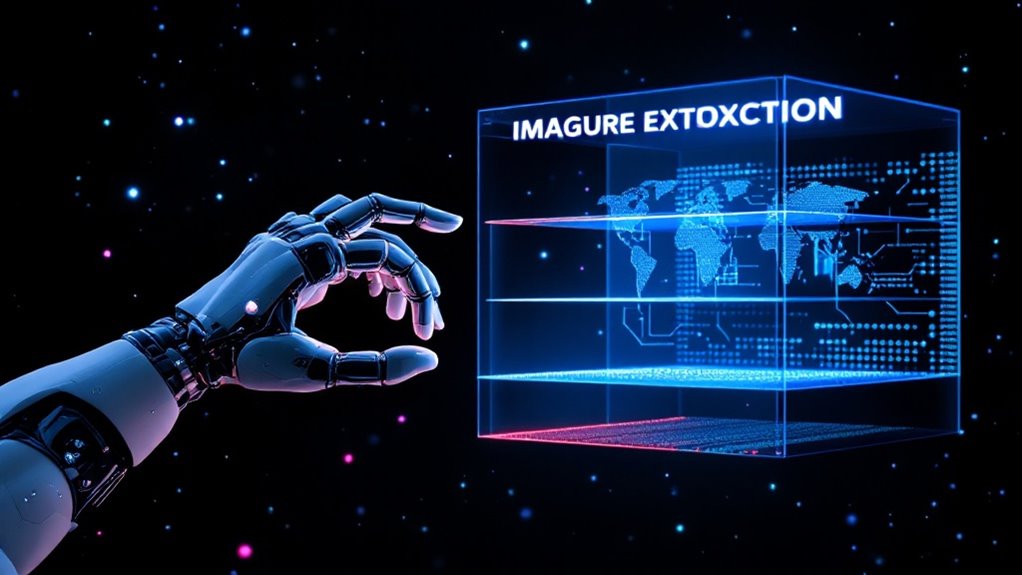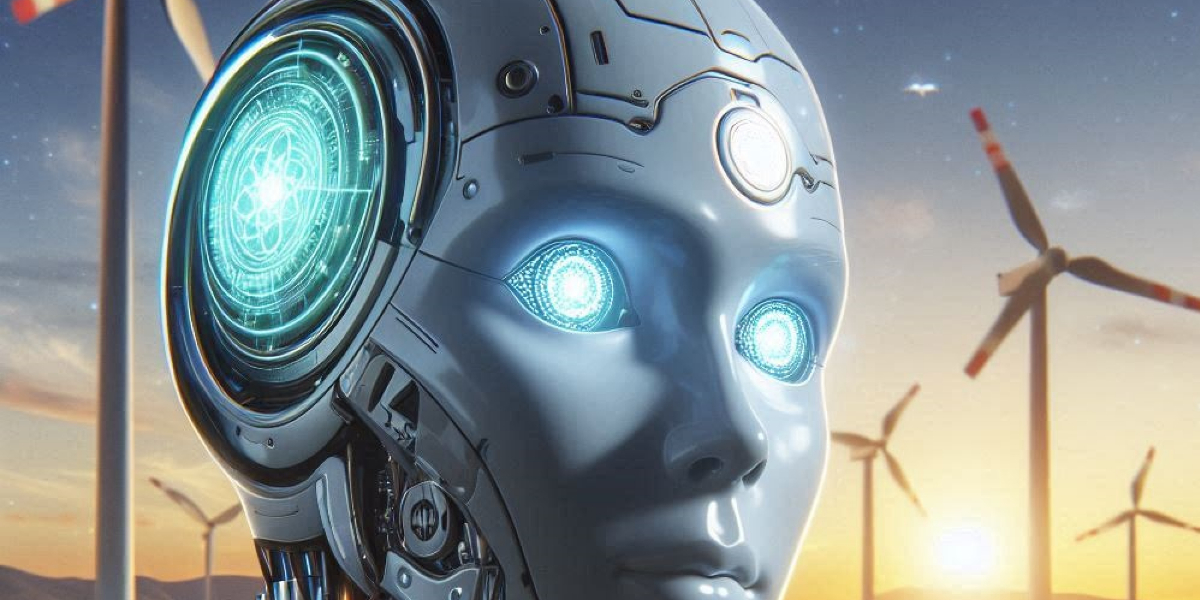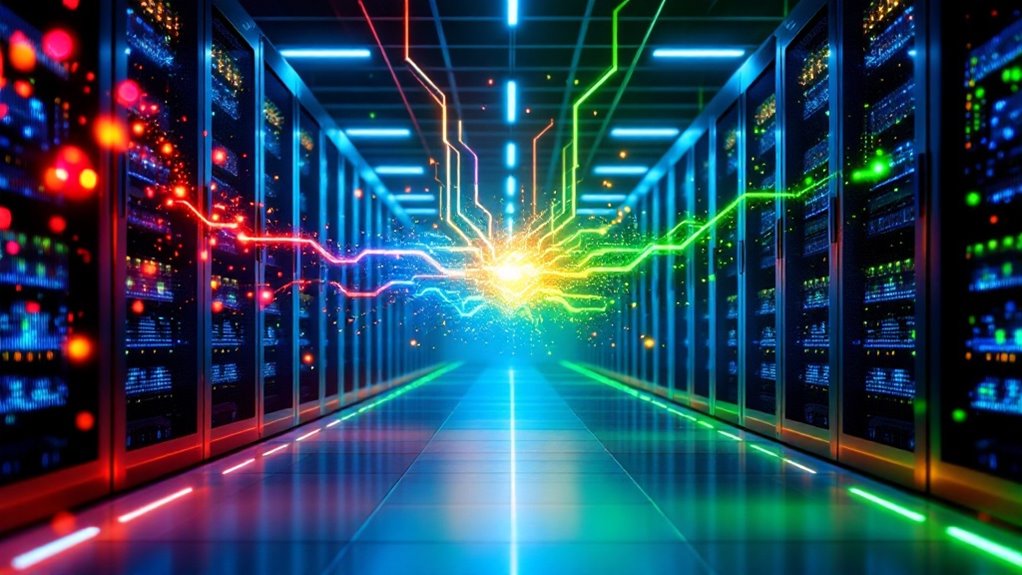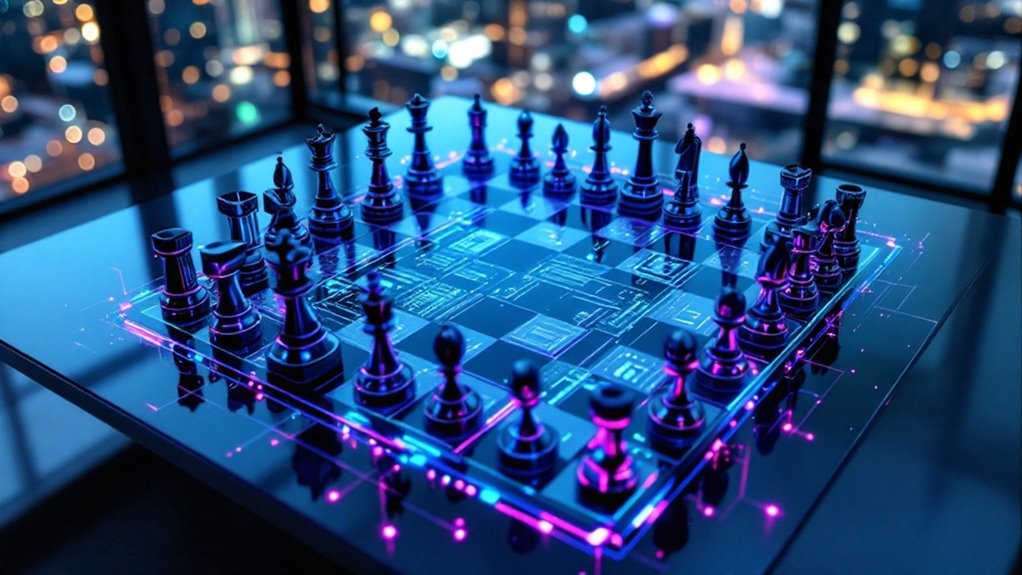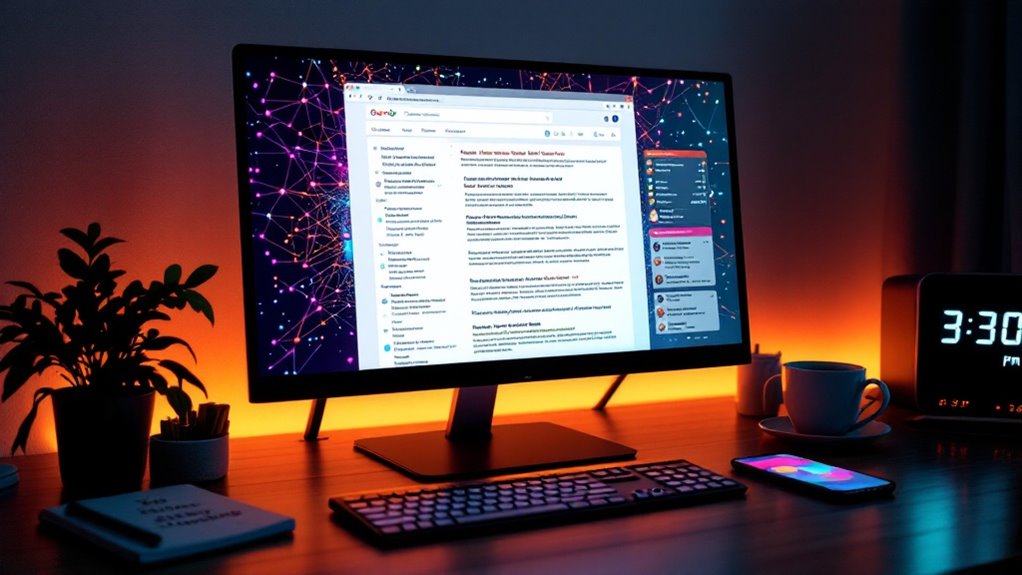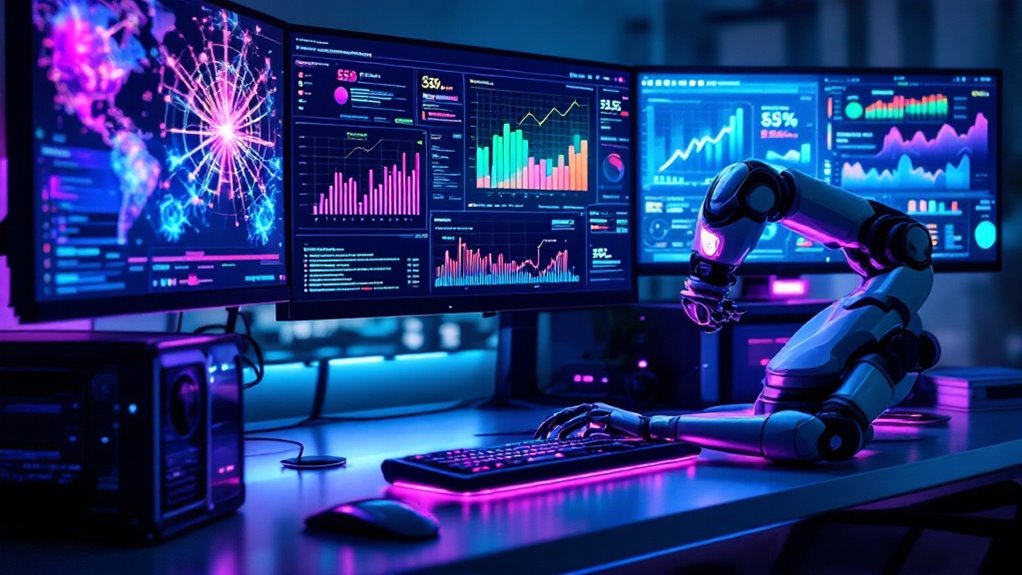Computer vision in AI works by training systems to interpret visual data through neural networks. Think of it as teaching machines to “see” like humans do. The process relies on CNNs that analyze images layer-by-layer, breaking down visual information from pixels to recognizable objects. Originally a pipe dream in the 60s, today’s systems can identify objects with near-perfect accuracy. Stick around to discover how this tech is revolutionizing everything from selfie filters to cancer detection.
The digital eyes of our technological future are steadily blinking into focus. Computer vision—a subfield of artificial intelligence—enables machines to interpret and understand the visual world around them, fundamentally giving computers the ability to “see.” And let’s be honest, they’re getting eerily good at it.
At its core, computer vision works by training systems on massive datasets of images and videos. These systems learn to recognize patterns, much like how you learned to identify a cat wasn’t just a small dog with attitude. The difference? These systems process millions of examples rather than the handful your parents pointed out in picture books.
Computer vision takes the “See Spot Run” of your childhood and upgrades it to “Analyze 10 Million Spots in 3 Seconds”
The real workhorses behind this visual intelligence are Convolutional Neural Networks (CNNs). Think of CNNs as the overachieving students of the AI world—they excel at breaking down images into digestible chunks, analyzing them layer by layer until they understand what they’re looking at. From pixels to edges to objects to scenes, the hierarchy builds like a particularly methodical game of Jenga.
But it’s not just about static images. Recurrent Neural Networks deal with sequences, making sense of videos and motion—helping your Tesla avoid that squirrel with the death wish crossing the highway. Computer vision has experienced remarkable evolution since the 1960s, with a significant breakthrough in 2014 when deep learning’s superiority was demonstrated through training on ImageNet. This technology has seen astonishing advancement in accuracy, with rates improving from 50% to 99% in object identification within just a decade.
The applications are everywhere. Self-driving cars use computer vision to navigate roads without human intervention (mostly). Retail stores deploy it for cashier-less shopping experiences—so you can avoid awkward small talk while buying your third pint of ice cream this week. In healthcare, it’s spotting tumors doctors might miss, while in manufacturing, it’s inspecting products faster than any human quality controller hopped up on espresso.
Behind every computer vision system is a careful pipeline: image acquisition, preprocessing, feature extraction, and finally, decision-making. The data undergoes transformation after transformation, until finally, the system can confidently declare, “Yes, that’s definitely a hotdog”—or not, as the case may be.
